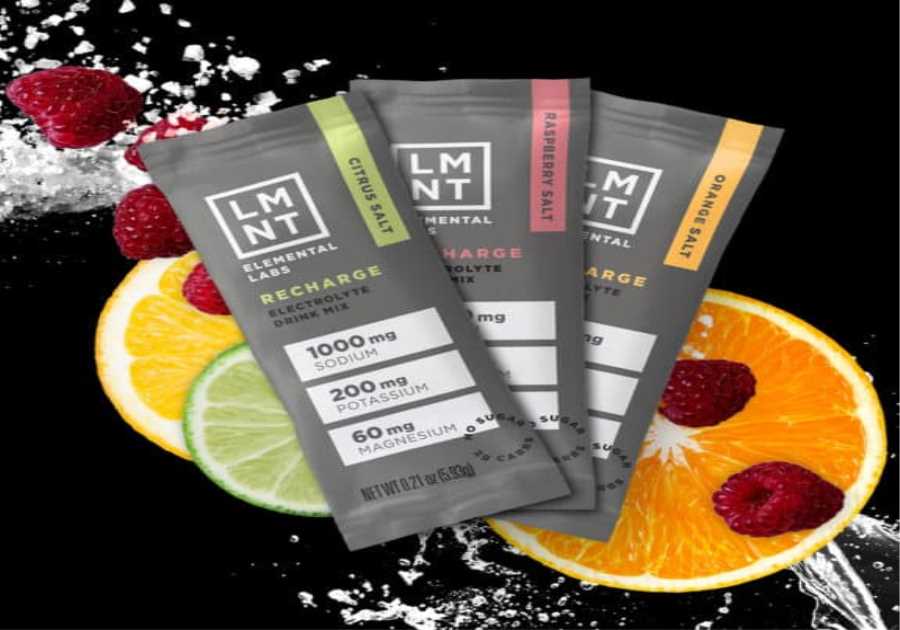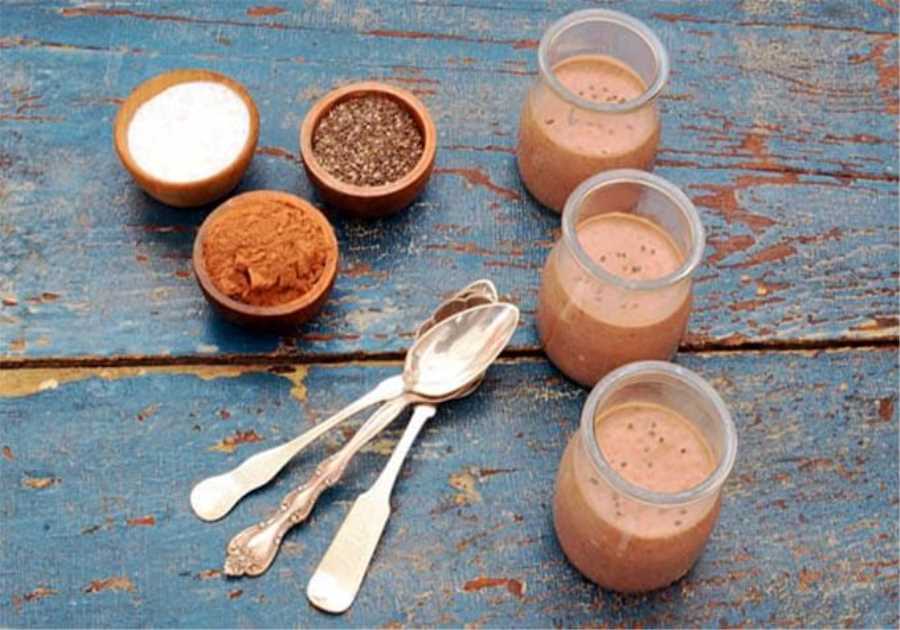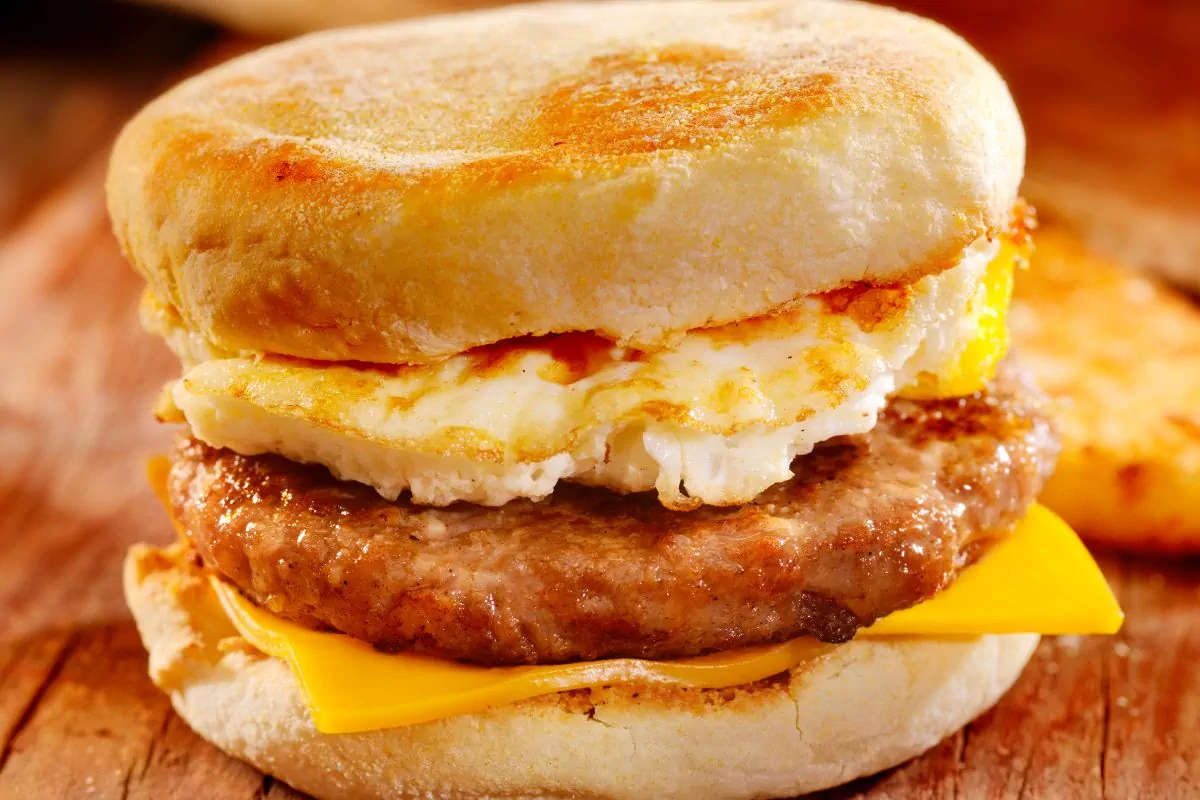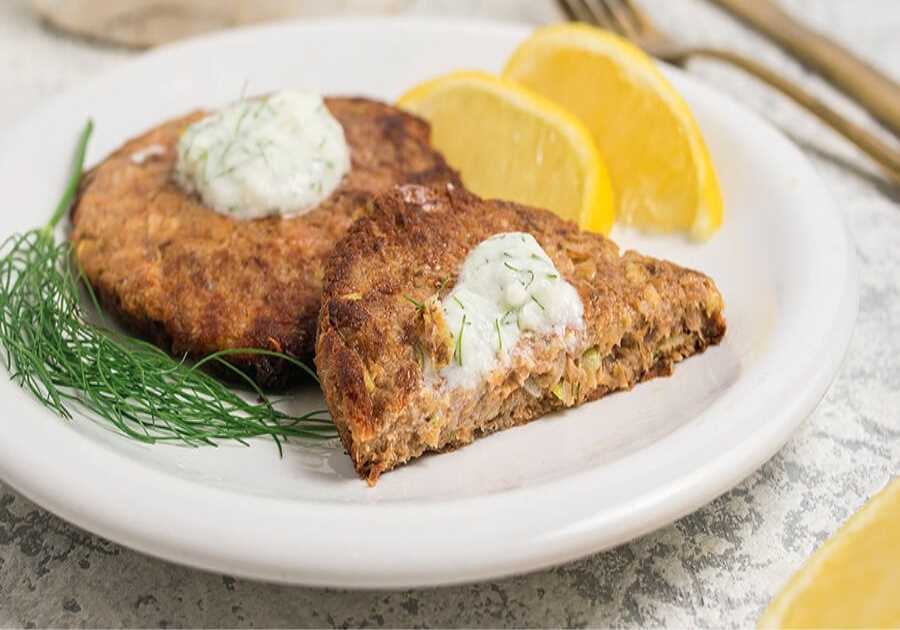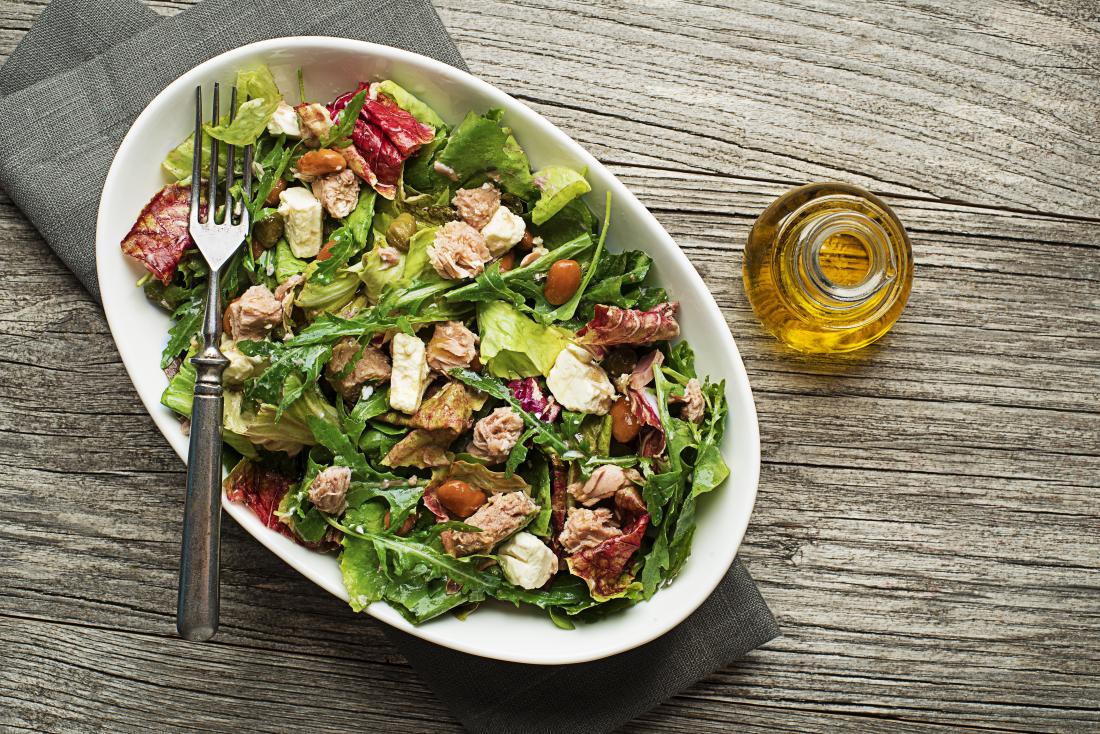
A Paleo diet is a nutrient-rich, whole foods-based lifestyle that helps promote optimal health and well-being. It focuses on eating meats, fish, fruits, vegetables, nuts, and seeds - eliminating processed sugars, grains, and dairy products. Eating this way has been linked to many potential health benefits, including increased energy levels and improved mental clarity, reduced inflammation, and helping with weight loss.
Meal Plans for Paleo Diets
When following a Paleo diet plan, it's vital to ensure you're getting all the essential nutrients your body needs while also sticking to the main guidelines of the diet. Meal plans can help achieve this goal by ensuring every meal includes an optimal balance of proteins, fats, and carbohydrates. Generally speaking, these meals should include plenty of fresh vegetables and fruits and clean protein sources such as eggs or grass-fed beef. Avoiding processed foods should be the priority when choosing which foods to eat.
Sample Meal Plan for a Paleo Diet
Breakfast: An omelet made with two pasture-raised eggs filled with spinach leaves and grilled tomatoes, served with half an avocado;
Lunch: A big salad filled with lettuce greens, diced tomatoes, olives, mushrooms, and cooked chicken breast topped off with olive oil dressing;
Snack: Fresh fruit slices sprinkled with hemp hearts;
Dinner: Grilled salmon served with steamed broccoli;
Dessert: Strawberry chia pudding made from soaked chia seeds in almond milk topped off with fresh strawberries.
Overall Benefits of Following a Paleo Diet
The primary benefit of following a paleo diet is that it eliminates many unhealthy foods that can lead to inflammation in the body over time. This often results in increased energy levels throughout the day and improved mental clarity (since grains are generally high in sugar). Eating lean meats with ample vegetables can also provide extensive nutritional benefits such as omega fatty acids from fish and lycopene from tomatoes. Finally, since grains contain higher amounts of carbohydrates than other types of food, cutting them out may help bring about weight loss if done consistently over time.
Cauliflower Tabbouleh
Cauliflower tabbouleh is a great dish to serve something fresh and light at your next dinner party or potluck. This recipe is also a good option for grain-free or low-carb diets.
Tabbouleh is a Middle Eastern vegetarian salad that is made with a variety of fresh herbs and vegetables. It is usually served as part of a mezze appetizer set.
Traditionally, tabbouleh is made with couscous or bulgur wheat. You can substitute quinoa for bulgur or couscous if you want to make a cauliflower tabbouleh.
This is a quick and easy meal to make. It is packed with fresh, clean flavors. The best part is, it is healthy and can be served as a side dish or main course.
Shrimp Fried Rice
If you're on a Paleo diet, this meal plan for shrimp fried rice is a great choice. It's a quick and easy meal that your family will love. And it's also a great way to get in some veggies!
To start, make sure you've got the prep ingredients ready. You'll need a paring knife to devein your shrimp and kitchen shears to remove the shells. These ingredients will help you cook quickly and efficiently.
After you have prepared everything, you'll need to start frying the shrimp. This is best done over medium-high heat. Use one tablespoon of avocado oil. The skillet should be hot enough to melt the oil.
Dill & Lemon Baked Salmon in Parchment
Parchment paper-baked salmon is an easy way to make the perfect salmon. It doesn't require frying, and you don't have to worry about splatter. And, unlike fried salmon, this method is healthy.
This recipe is excellent for anyone trying to reduce calories or fat. Using all-natural ingredients, this dish is also gluten-free and passes any weight loss diet requirements.
Salmon contains flavor and nutrients, but you don't need to feel guilty about eating it. You can use a variety of vegetables to add color and texture. Toss in fresh basil for an extra burst of flavor. For more protein, top it with a lemon dill sauce.
Chocolate Cashew Clusters
If you are looking for a healthy snack that is also a bit of a treat, consider chocolate cashew clusters. They are easy to make, and they are also great gifts for the holidays.
First, you'll need to make a nifty candy-inspired nut cluster. For this you'll need some chocolate and sea salt. You can use dark or milk chocolate.
Next, you'll need to add some toasted cashews to the mix. Toasting the nuts will give them a delicious taste.
Once you've done that, stir in some sugar and a little butter. Then, you'll need to stir the mixture constantly until it turns golden.
Triple Nut Butter Bars
If you are following a paleo diet, you may want to try making your no-bake bars. They are convenient, tasty, and good for you.
While they are no substitute for a real treat, they can be an excellent way to add protein to your meals. The most important thing is to choose a nut butter that has not been over-processed. Nuts that are pure and unrefined are the best choices.
You can use a variety of nuts in your bars. Some good choices are walnuts, pecans, and almonds. These are all great sources of monounsaturated and polyunsaturated fats. Pecans are also a good source of copper, zinc, and thiamine.
Raw Protein Bars
Paleo protein bars are an excellent alternative for people who want to avoid refined sugar. They are made from whole foods, so they are not high in fat or calories. And they are easy to make, too.
You can find a wide variety of these energy-dense snacks in the store. Some are dairy-free, so they are a good choice for lactose-intolerant people. Others are grain-free, making them a good choice for those with gluten intolerances. However, they can be expensive, so it's worth searching for cheaper options.
Many paleo bars are made with whey, but if you want something different, you might prefer a bar made from plant-based protein. Unlike whey, these types of protein are easier to digest, which may make them a better choice for some people.
Frequently Asked Questions
Is the paleo diet the best for anti-inflammatory purposes?
Let's consider the age-old question, "Is paleo the most anti-inflammatory diet?" Recent research and dietary studies suggest that yes. Healthy eating can help you feel better.
Paleo diets focus on eating wild-caught and grass-fed fish, organic vegetables, fruits, nuts, and healthy fats. C-reactive protein levels, which can be associated with chronic diseases, are decreased by this diet.
Additionally, many inflammatory foods like gluten in wheat products and processed meats have largely been eliminated from Paleo diets, making them extremely effective at reducing systemic inflammation. Some even report improvements in skin clarity after adopting a regular anti-inflammatory food lifestyle like Paleo.
An individual's ability manage inflammation can be further enhanced by including light exercise in a paleo diet. The idea is to move without stressing the body too much that it begins to inflame. Exercise includes not only gym or workout sessions but also leisurely activities such as walking or yoga that keep one moving yet with little stress on the body.
Paleo can provide relief for anyone looking for healthier options to processed foods, or someone suffering from chronic pain. Combine it with exercise and you can fight inflammatory problems. You will also be able to keep up healthy habits for success long-term.
Paleo allows cheese?
Inadvertently, the temptation to eat cheese can often prove too overwhelming. Is Paleo okay to eat cheese? Here are the facts: Although there is no definitive rule, cheese was traditionally not included in Paleolithic food due to its dairy contents.
A small amount of high-quality cheese might be acceptable if you are unable to avoid dairy. It all depends upon your individual dietary requirements and preferences, as well as how you respond to certain food items.
Some individuals are lactose-intolerant and should avoid dairy products, or only eat small quantities of them. Others can tolerate moderate amounts of sheep's or goat's milk byproducts, provided they aren't allergic to lactose.
There are many vegan options available for those who want to enjoy cheese in a more paleo-friendly manner without the use of cow's milk. It's possible to have some cheesey goodness in your diet while still following a vegan lifestyle.
What fruits can you eat Paleo?
Fabulous! The Paleo diet is a wonderful place to begin a journey to nutrition and well-being. Paleo eating means that you adapt your diet to foods available before agriculture, like seafood, lean meats and fruits, vegetables, and nuts.
This way of eating helps reduce inflammation. This allows you to eat delicious, whole foods with high levels of nutrients and vitamins that can help strengthen your health.
Paleo diets include fruits because they contain vitamins and minerals like Vitamin C (oranges, strawberries), and manganese (bananas). Other fruits include mangoes and pears, as well melons, papayas (berry), melons, limes and lemons. They are all rich in antioxidants that your body requires for optimal performance.
If you are looking for something sweet and not too sugary, consider adding some fibre-rich fruits to your meals or snacks.
Ensuring you get enough nutrient-dense fruit can help keep cravings at bay while infusing your body with an arsenal of powerful antioxidants that keep it functioning optimally. Fruits are a great source of energy and don't weigh you down. You can even combine them with meals throughout your day!
What are the benefits of the Paleo diet?
The Paleo diet has numerous potential health benefits, focusing on eating whole, unprocessed foods. These include:
- Better digestion: Healthy digestion is possible by eating nutritious, fibre-rich foods.
- Reduced inflammation: Avoiding processed and refined ingredients can reduce inflammation in your body.
- Balanced blood sugar levels: Eating low-glycemic index foods helps to stabilize blood sugar levels and reduce cravings for sugary snacks.
- You will have more energy: Eaten nutrient dense foods can help increase your energy levels.
- Paleo diets may improve mental clarity. This can help to increase cognitive function and focus as well as reduce the risk of developing neurologic disorders.
- Paleo can promote weight loss. It is low on calories and high in fiber.
- Heart health can be improved by eating lean proteins, healthy cholesterol, and plenty fruits and vegetables.
- You can lower your chance of developing chronic diseases like diabetes, cancer and other autoimmune disorders by eating a nutritious diet.
You can gain weight on a Paleo diet.
Your approach must be consistent and proactive. This is key to your success. It is important to carefully consider your diet and lifestyle. Then, you can tweak it to achieve long-term nutritional harmony and lasting results. To accurately evaluate whether the paleo diet is right for your body goals, it is important to understand its underlying principles.
A paleo diet can help you reach your fitness goals depending on how strict you follow the diet plan, the foods you choose, and the activity level you engage in during each day. This method can also help you lose weight.
Realistic results can be achieved when you make practical meals that meet your caloric and physical activity needs.
Consider increasing the portion size by adding more fatty foods such as nuts or sweet potato to your diet.
At its core, a balanced paleo lifestyle will produce optimal health, whether one's goal is fat loss or muscle building. Just ensure that nutrition is your north star - that way, everyone can harness their desired outcomes while remaining steadfast with their chosen nutrition protocol!
Which food group is avoided on a Paleo diet?
Avoiding grains, legumes, dairy, and processed foods can have dramatic health benefits. That's why the Paleo diet has become so popular lately.
Many people are unaware that certain food groups should be avoided in order to adhere to this diet. It is important to eliminate foods that contain grains, legumes and dairy.
This means you will be saying goodbye to bread, pastas, pizzas, chips, crackers, and baked goods, such as cakes and cookies. Reduce your intake of milk and cheese.
You should also eliminate all processed foods like canned soups and frozen meals from your daily diet. Your body will not thrive if it isn't exposed to empty calories, refined carbs, and unhealthy fats.
Paleo can help you get on track with your nutrition goals and still allow you to enjoy delicious food. It's a great choice!
Statistics
- One study cited in the article, published in the European Journal of Clinical Nutrition, found that calcium intake levels among followers of the paleo diet were as low as 50 percent of the recommended daily value. (everydayhealth.com)
- (3) The paleo diet eliminates dairy because its advocates say many people are lactose intolerant and because eating dairy has been associated with Crohn's disease, among other claims, according to a popular paleo diet website. (everydayhealth.com)
- Eaton and Konner, for example, wrote a 1988 book, The Paleolithic Prescription with Marjorie Shostak, and it described a diet that is 65% plant-based. (en.wikipedia.org)
- It's up to you to decide to what extent you want to follow those guidelines, but if you follow them 100%, you can be assured that you are eating the best food for your body and greatly investing in your long-term health and well-being. (paleoleap.com)
- Plus, some of these foods — particularly beans — offer many compounds and are linked to positive health outcomes, such as a lower risk for metabolic disease, heart disease, and diabetes, according to a 2014 study. (everydayhealth.com)
External Links
nature.com
ncbi.nlm.nih.gov
- A High-Phytate Diet Reduces Nonheme Iron Absorption in Women With Suboptimal Iron Storages - PubMed
- PubMed
hsph.harvard.edu
academic.oup.com
How To
How can I get started with a paleo diet
Paleo eating can make it difficult to begin your journey to a healthier, balanced lifestyle. You don't have to feel lost or confused. This ancestral approach will help you thrive with the right information and motivation.
Making simple swaps can make a significant difference. First, eliminate any packaged or processed foods containing sugars, wheat, corn and grains, dairy, and trans fats. Next, start adding fresh fruits to your meals each day. Include healthy sources of protein like lean meats. Wild-caught seafood is also an excellent option, as it contains more nutrients.
You should not only try new recipes that are full of flavor and inspiration but also meal prep is important. It will help you stay focused during busy times. For endless meal ideas, you can use YouTube channels, books, and apps to keep you occupied.
You must be consistent when making any type of dietary changes. So long as your focus is on quality, not quantity, while you drink plenty of fluids throughout the day and exercise regularly, you'll be well on your way to success! Paleo can be intimidating at first, but if you do it right, Paleo can help you reach your ultimate nutrition goals for both body and mind in no time.
It is important that you remember that Paleo does not require you to eat exactly as your ancestors did. Instead, focus on eating whole foods such as fruits, vegetables, nuts and seeds, lean proteins, and healthy fats. Be sure to include diverse foods from all food groups into your diet. Remember to listen to your body to adjust your diet if necessary.

